Verdejo wine is a crisp and refreshing white wine that has been gaining popularity among wine enthusiasts in recent years. Originating from the Rueda region of Spain, this vibrant and aromatic varietal showcases an impressive combination of fruitiness, acidity, and floral notes.
With its distinct character rich texture and versatility, Verdejo has become a go-to choice for those seeking a light yet flavorful white wine option. Whether enjoyed on its own or paired with various dishes, this delightful Spanish gem offers a unique tasting experience that is sure to please even the most discerning palates.
A Brief History Of Verdejo Wine
Verdejo wine, with its crisp and refreshing taste, has a long and storied history that dates back centuries. Originating in the Rueda region of Spain, this white wine varietal has become synonymous with Spanish winemaking craftsmanship.
The first recorded mention of Verdejo grapes can be traced back to the 11th century when they were cultivated by monks in the region’s monasteries.
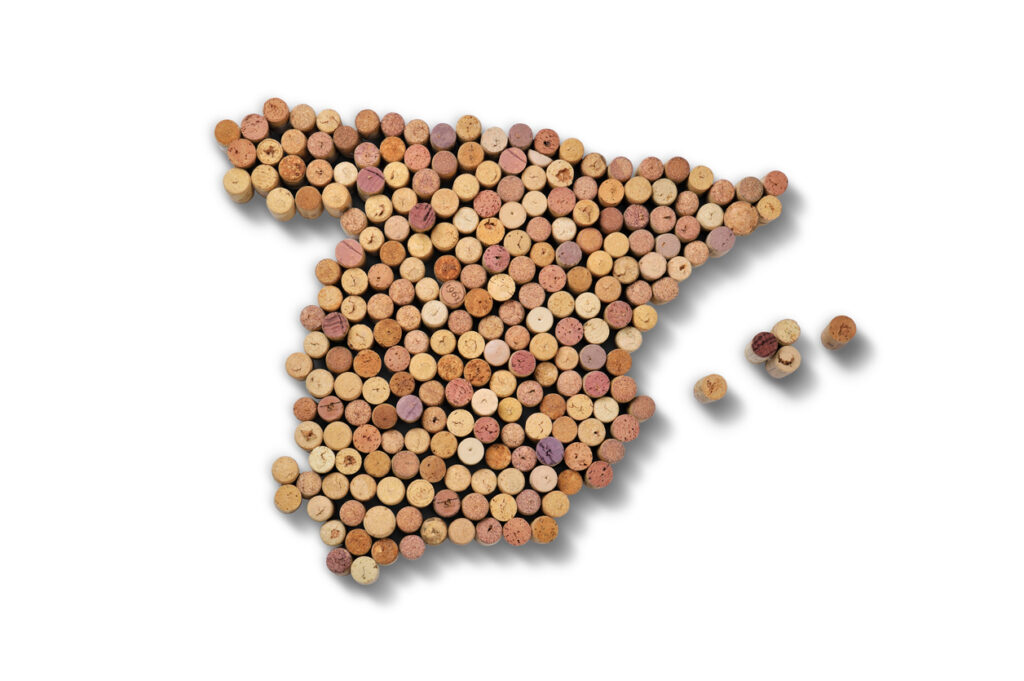
Throughout the years, Verdejo wine has faced various challenges and triumphs. In the late 19th century, a devastating phylloxera epidemic struck European vineyards, including those growing Verdejo grapes. This led to a decline in its cultivation until efforts were made to revive it in the 1970s.
Thanks to modern viticultural practices and dedication from winemakers, Verdejo wines once again flourished and gained international recognition.
Verdejo Wine Taste
Verdejo wine, hailing from the Rueda region in Spain, is gaining well-deserved recognition for its distinct taste and exceptional quality. With its bright acidity, refreshing citrus notes, fruit forward characteristics, and aromatic profile, rueda Verdejo, offers a unique wine experience that captivates both novice and experienced wine enthusiasts.

One of the defining characteristics of Verdejo wine is its crisp acidity. The high acidity levels lend a lively and invigorating sensation on the palate. This zesty nature creates a perfect balance with the underlying flavors, making each sip an exciting journey for your taste buds.
Why Is The Rueda Region So Good For White Wine?
The Rueda region, located in central Spain, has gained worldwide recognition for its exceptional white wines. So what makes this region so good for producing white wine? Firstly, the climate of Rueda plays a crucial role. The long hot summers and mild winters of continental climate create ideal conditions for growing grapes with the perfect balance of acidity and sugar levels. This results in vibrant and refreshing white wines that exhibit citrusy flavors and crisp acidity.
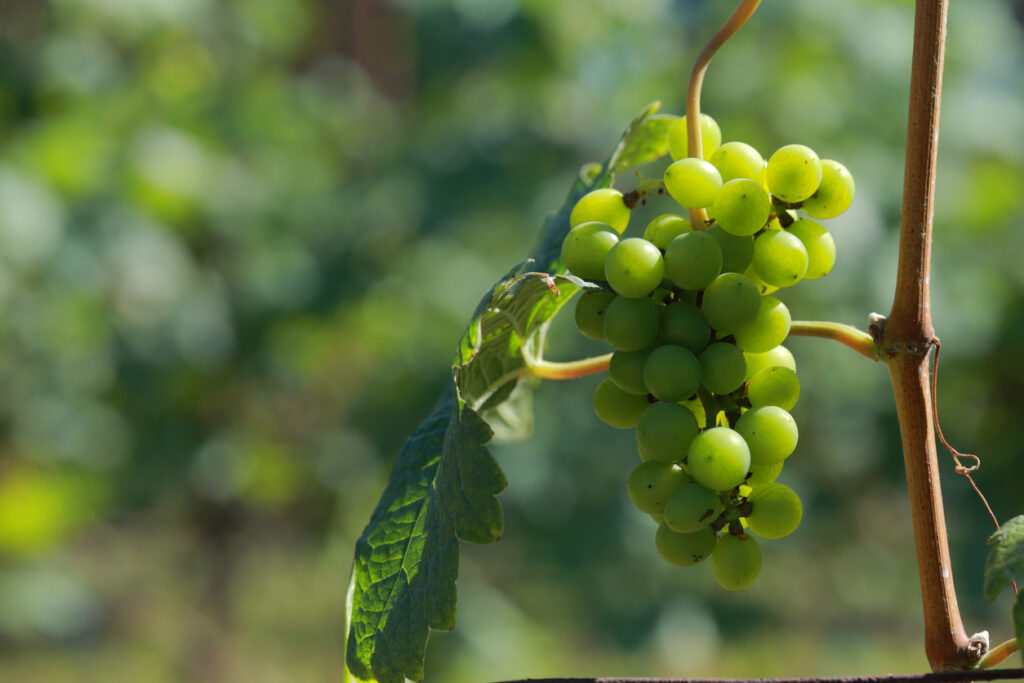
Secondly, the unique soil composition of Rueda contributes to the quality of its white wines. The region is predominantly characterized by sandy soils mixed with limestone and clay deposits. These well-drained rocky soils also allow the grapevines to root deeply, extracting essential nutrients while retaining just enough water to sustain vine growth without excessive vigor.
As a result, the fortified wines from the grapes develop complex flavors and maintain their natural acidity levels.
Verdejo vs. Sauvignon Blanc
When it comes to white wines, Verdejo and Sauvignon Blanc are two heavyweights that often find themselves in competition. Hailing from different regions and offering distinct flavor profiles, these wines have become favorites among wine enthusiasts worldwide.
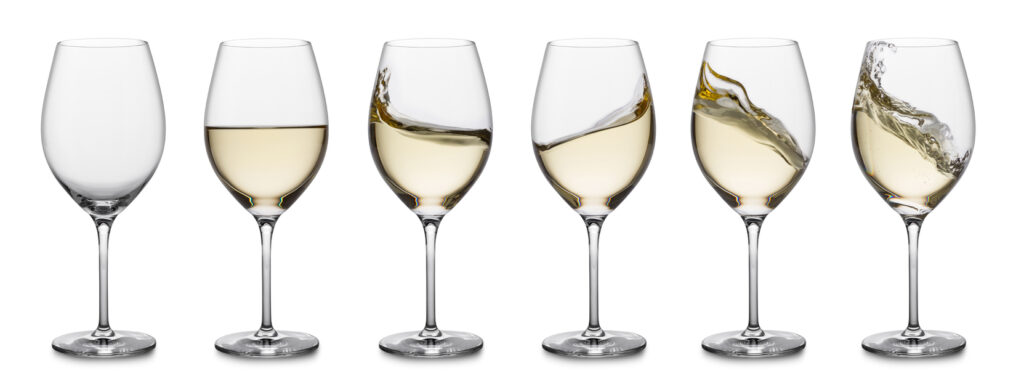
Verdejo
Verdejo, a Spanish varietal known for its crispness and vibrant acidity, hails predominantly from the Rueda region. Its pale yellow color is accompanied by intense aromas of citrus fruits such as lemon and grapefruit, with hints of tropical notes like pineapple and passionfruit.
On the palate, Verdejo showcases a zesty character with a refreshing finish that makes it an excellent choice for warm summer days or pairing with seafood dishes.
Sauvignon Blanc
When it comes to white wine, two names consistently rise to the top: Verdejo and Sauvignon Blanc. These two iconic varietals have captured the hearts (and palates) of wine enthusiasts worldwide, but what sets them apart? In this article, we delve into the characteristics, flavors, and origins of these wines to determine which one reigns supreme.

Sauvignon Blanc, known for its vibrant acidity and herbaceous notes, originated in France’s Loire Valley. This versatile grape has since spread across the globe, with notable plantings in New Zealand and California’s Napa Valley.
Its aromas can range from zesty citrus fruits like lime and grapefruit to more tropical notes like passion fruit and guava.
Verdejo Wine Styles
Verdejo, a beloved Spanish white wine grape variety, offers an array of delightful styles that cater to various palates. With its origins in the Rueda region of Spain, the Verdejo grape itself has gained recognition for its versatility and expressive character.
One popular style is the crisp and zesty unoaked Verdejo, known for its refreshing acidity and vibrant citrus flavors. This style often showcases notes of lemon zest, green apple, and hints of tropical fruits, making it an excellent choice for those seeking a lively and invigorating wine.

Another notable style from verdejo vines is the barrel-fermented or oak-aged Verdejo. This particular technique adds complexity and richness to the wine by introducing subtle vanilla and creamy tones alongside the fruit-forward flavors. The oak aging process in oak barrels gives these verdejo wines a fuller body with a smooth texture that lingers on the palate.
Food Pairing with Verdejo
Verdejo, a white wine varietal native to Spain, is known for its vibrant acidity and refreshing citrus flavors. This versatile grape produces wines that pair exceptionally well with a wide range of foods. Whether you’re enjoying a crisp glass on a summer afternoon or preparing a special meal, consider these food pairing suggestions to enhance your Verdejo experience.
Seafood
Seafood lovers rejoice! The bright acidity and zesty citrus notes of Verdejo make it an ideal companion for all types of seafood dishes. Grilled shrimp or scallops drizzled with lemon butter sauce will complement the wine’s natural flavors while allowing the delicate seafood flavors to shine through.
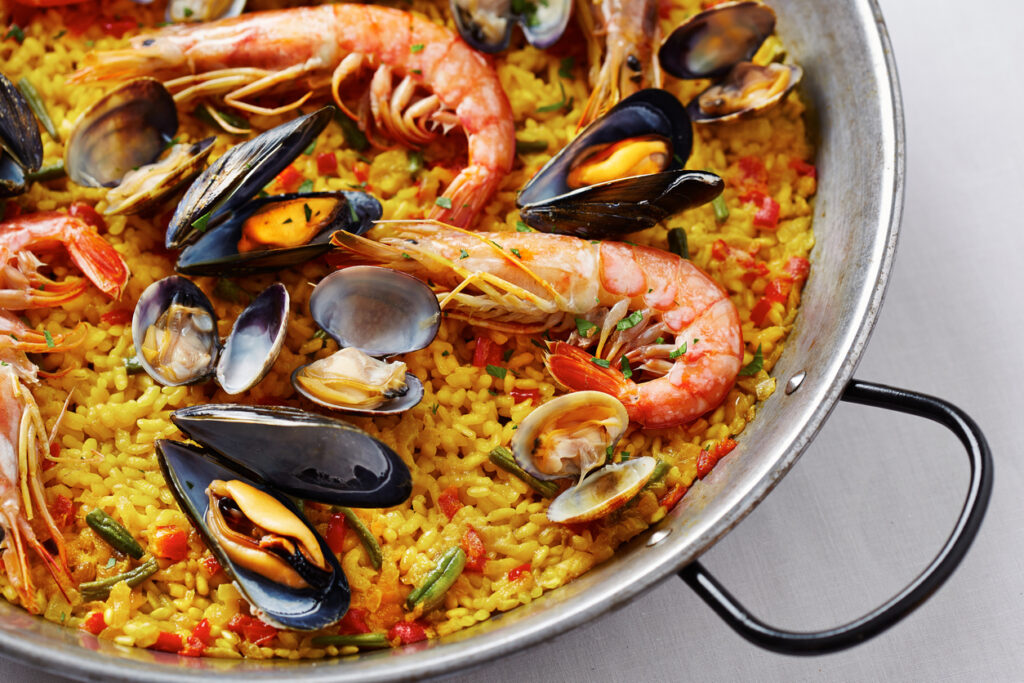
For those who prefer fish, try pan-seared halibut served with a fresh salsa verde. The herbal notes in the salsa will beautifully harmonize with the wine’s herbaceous undertones, creating a delightful sensory experience.
Meat
For red meat enthusiasts, pairing Verdejo with rich and flavorful cuts like beef tenderloin or lamb chops can create an unforgettable dining experience. The wine’s zesty citrus notes and hints of tropical fruits provide a refreshing contrast to the richness of the meat, cutting through any fattiness while adding depth to every bite. Consider serving your steak with roasted vegetables or creamy mashed potatoes alongside a glass of chilled Verdejo for the perfect combination of flavors.
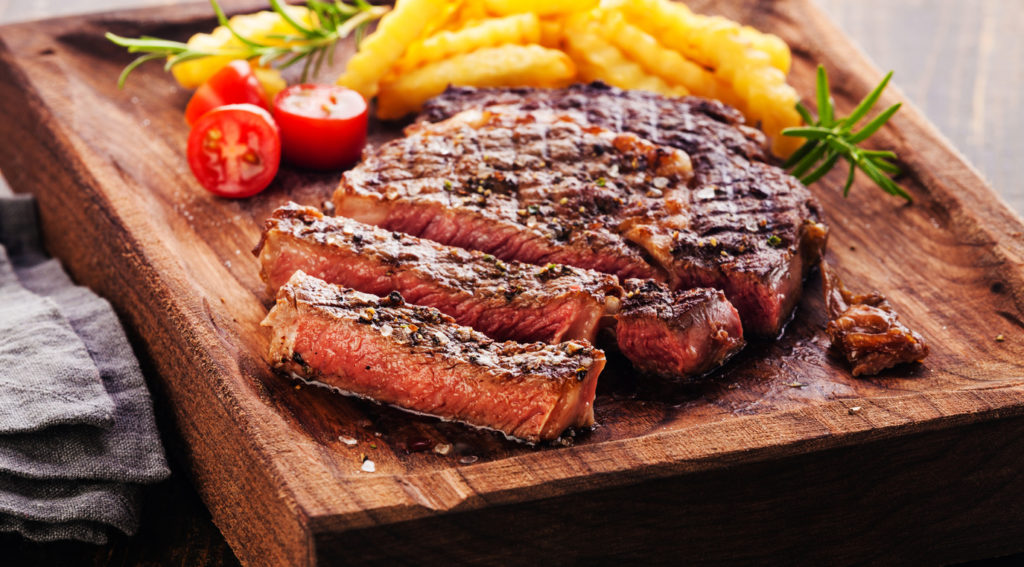
Vegetables
This Spanish white wine grape produces a vibrant and crisp wine that complements the natural sweetness and freshness of vegetables in a delightful way. Whether you are a vegetarian or simply looking to incorporate more plant-based dishes into your diet, exploring the world of food pairing with Verdejo can elevate your dining experience.
Verdejo’s zesty acidity acts as a perfect counterbalance to the earthiness of vegetables, creating a harmonious combination on your palate. For lighter green vegetables like asparagus or artichokes, try pairing them with a young and unoaked Verdejo. The wine’s lively citrus notes will complement these delicate veggies without overpowering their subtle flavors.
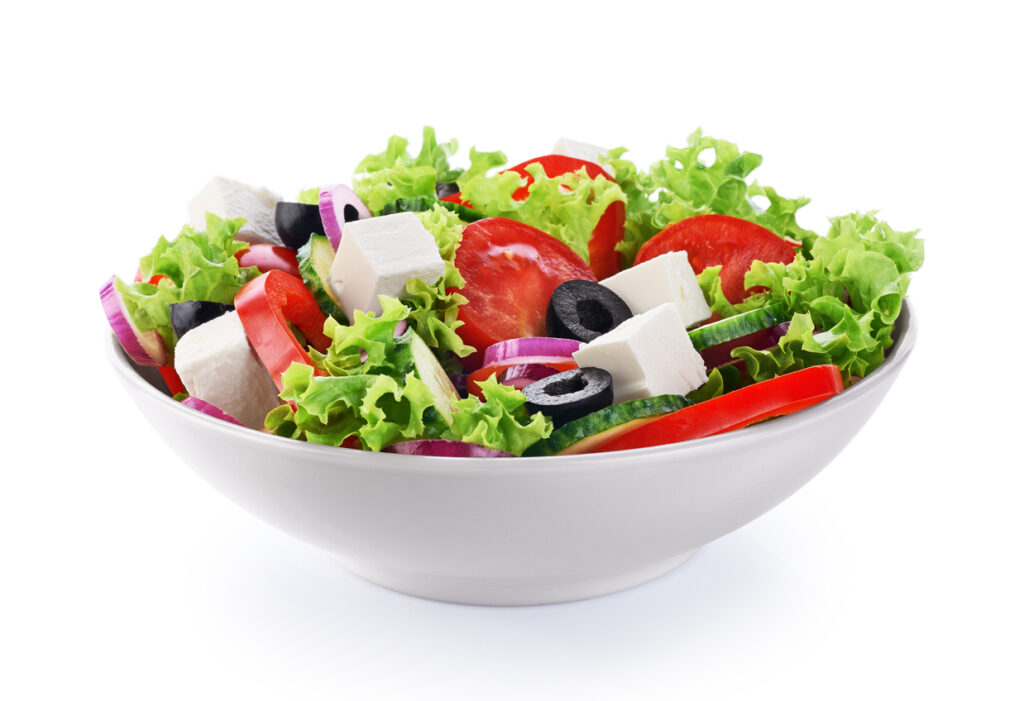
Cheese
Cheese and wine have long been regarded as a classic combination. Have you ever tried pairing your favorite cheeses with a crisp and refreshing Verdejo wine? Prepare to embark on an exquisite journey for your taste buds. We are going to explore the enchanting marriage of flavors between these two culinary delights.
It possesses a remarkable ability to complement an array of cheeses due to its versatility and complexity. Whether you’re indulging in creamy Brie or tangy goat cheese, Verdejo’s zesty acidity cuts through the richness. At the same time it enhances the distinct characteristics of each cheese varietal. It`s the perfect match for fresh cheeses.
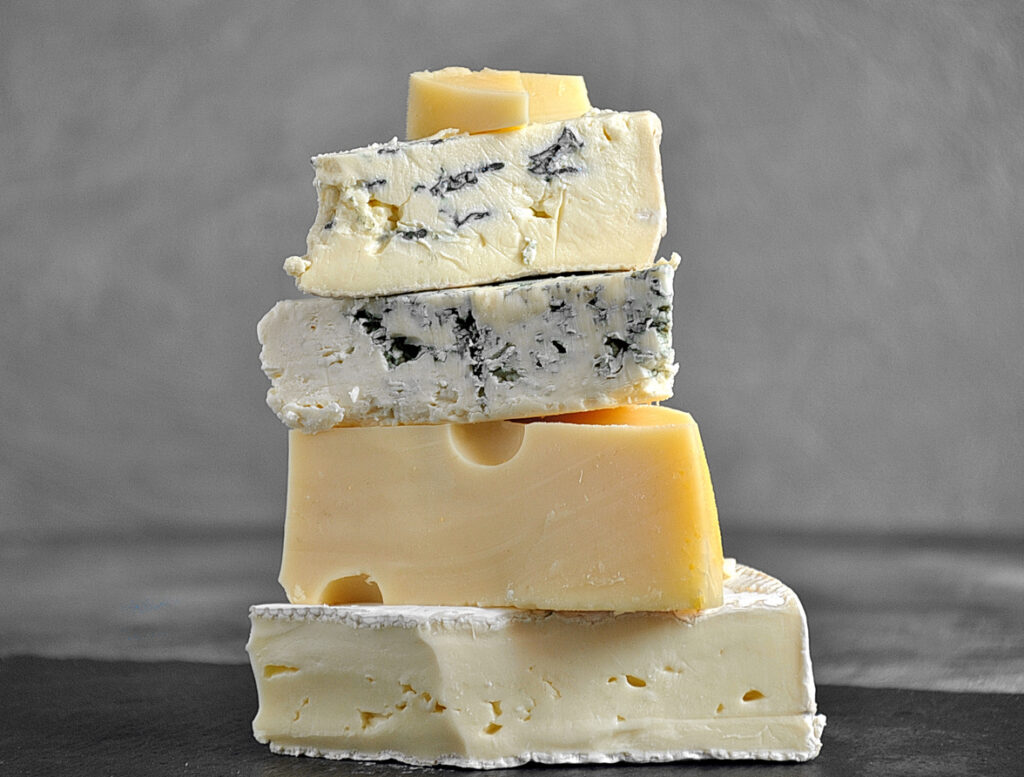
How Do You Drink Verdejo?
Verdejo, a popular white wine grape variety hailing from the Rueda region of Spain, has been gaining international recognition and popularity in recent years. It is known for its vibrant acidity and refreshing flavors. Rueda Verdejo wines offers a unique drinking experience that is perfect for warm summer evenings or pairing with a variety of dishes. But how exactly should one navigate the world of Verdejo and make the most out of this delightful wine?
Temperature
Firstly, it’s important to consider the temperature at which you serve Verdejo. Unlike many other white wines, which are typically served chilled, Verdejo is best enjoyed slightly cooler than room temperature. The ideal serving temperature for this wine falls between 45-50°F (7-10°C).

This range allows the wine to showcase its aromatic qualities while preserving its crispness on the palate. When it comes to food pairings, Verdejo is an incredibly versatile choice.

